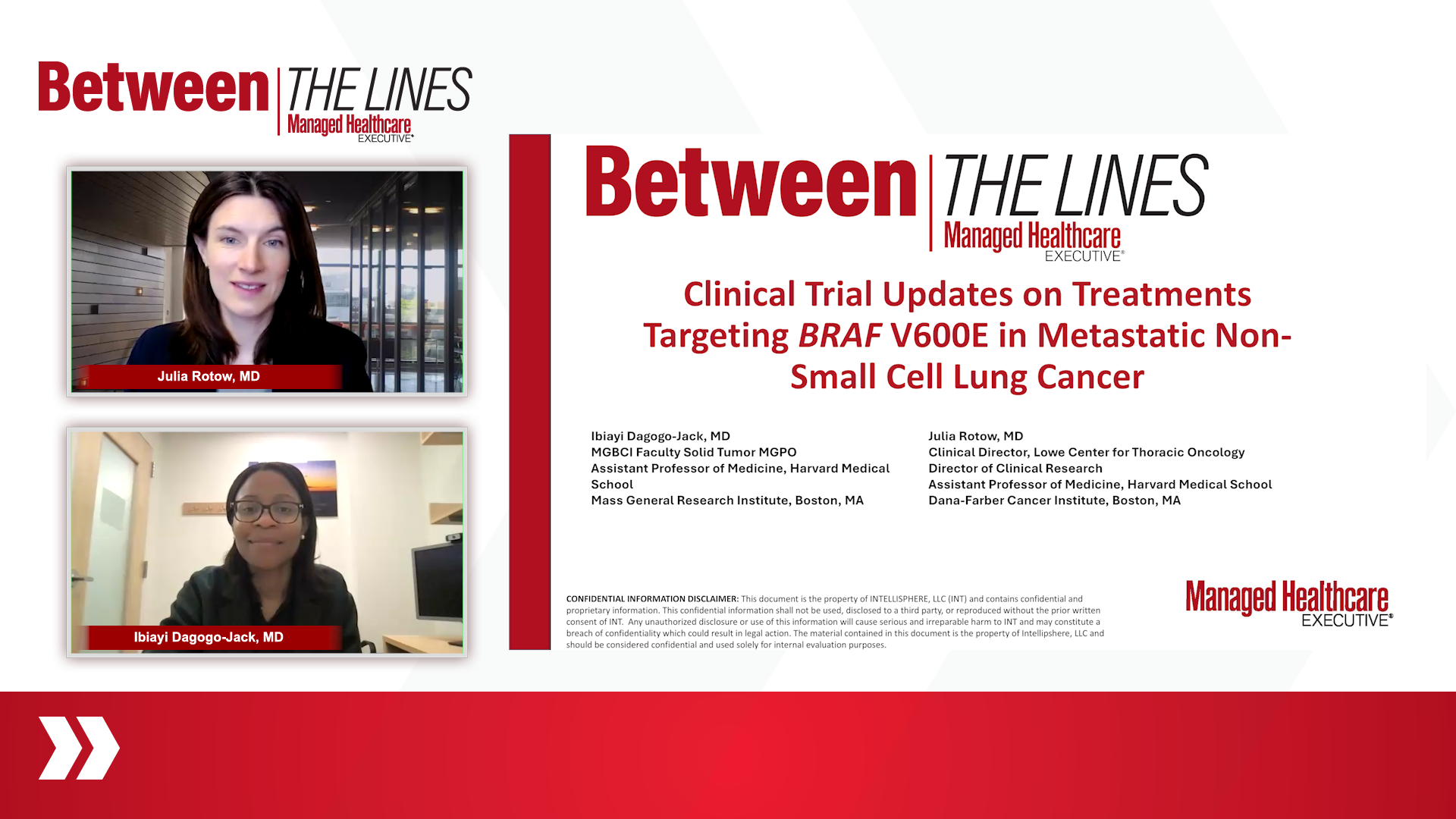
This segment summarizes practical guidance for patients, providers, and payers, emphasizing the need for comprehensive genomic testing and rapid access to targeted therapies.

This segment analyzes key limitations of current evidence—including the non-randomized design of PHAROS and challenges of cross-trial comparison—while underscoring the ongoing need for better strategies in non-V600E mutations.

This segment examines treatment considerations for patients with CNS involvement, stressing individualized decisions due to limited dedicated CNS data for encorafenib/binimetinib in lung cancer.

A forward-looking analysis of how nonfactor therapies are transforming patient quality of life, clinician-patient collaboration, and the broader healthcare ecosystem for hemophilia management.

Sanofi introduces Qfitlia earlier this year, a groundbreaking hemophilia treatment, offering flexible dosing and support for patients transitioning from existing therapies.

Jeff Schaffnit discusses Sanofi's advancements in BTK inhibitors and promising results for hemophilia A therapies at ASH 2025, enhancing treatment options.

Clinicians are moving toward managing mild (Grade 1) cytokine release syndrome on an outpatient basis.

The CAR T Vision Steering Committee members wish to double the number of eligible patients receiving chimeric antigen receptor (CAR) T-cell therapy by 2030 through disease awareness and sustainable financing options, according to George Eastwood, Executive Director of the Emily Whitehead Foundation and recent CAR T Vision Steering Committee member.

As the number of patients with multiple myeloma and lymphoma treated with CAR-T therapy increases, health systems are shifting post-infusion care from inpatient to outpatient settings. Research presented at the annual meeting of the American Society of Hematology shows the change slices costs by $19,180.




